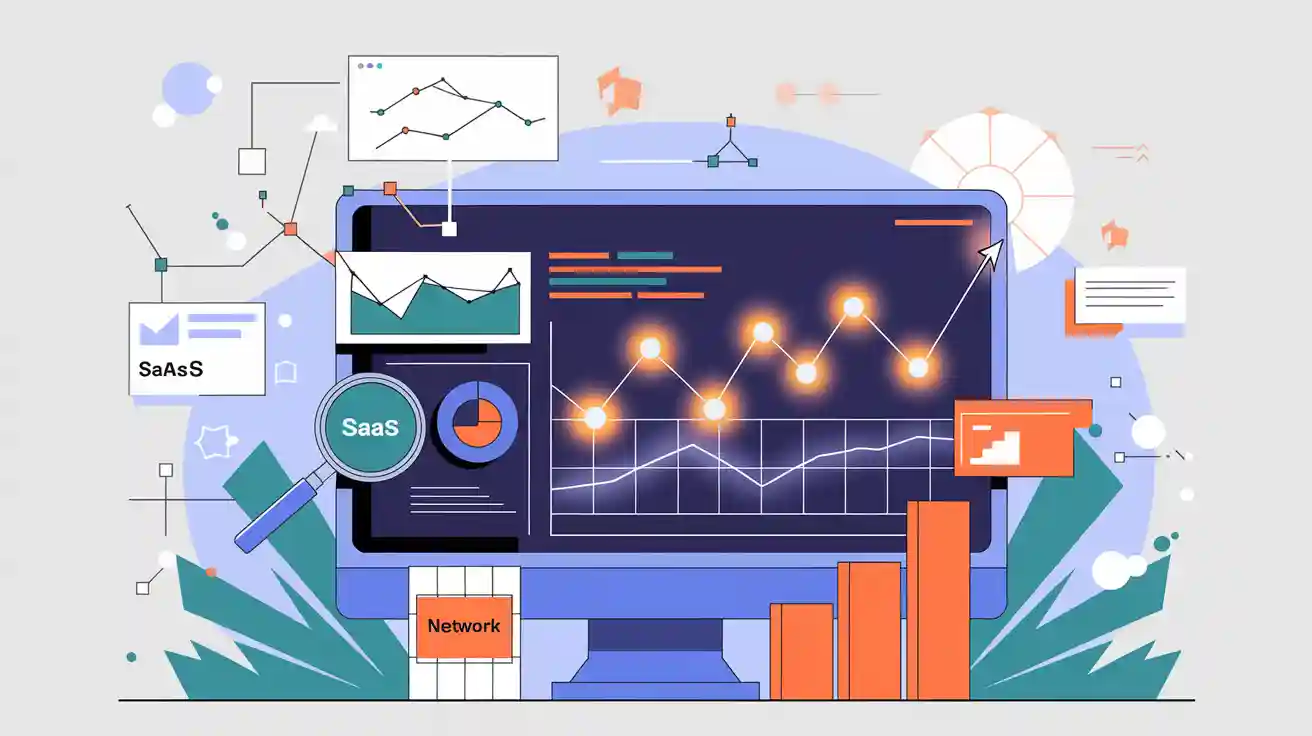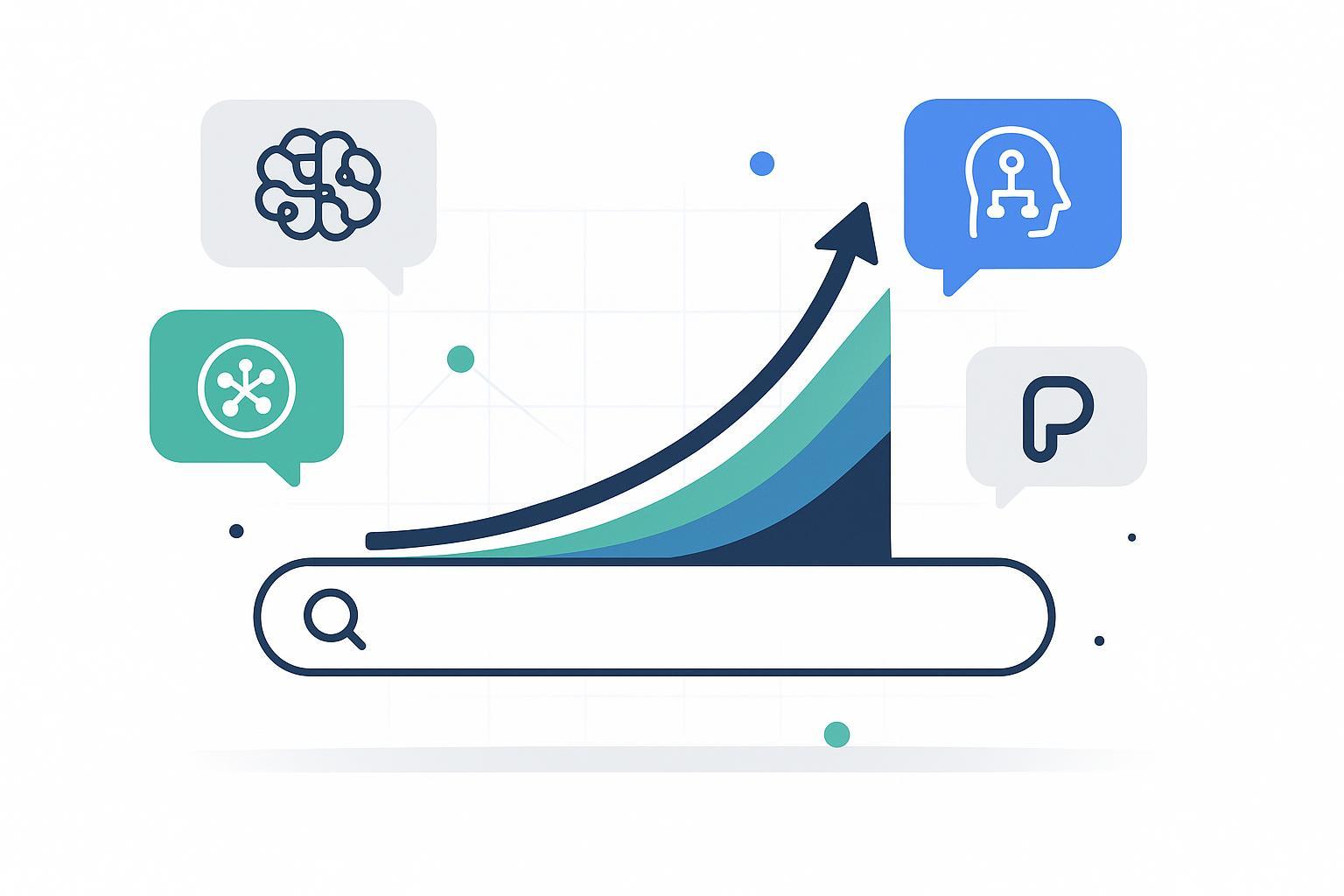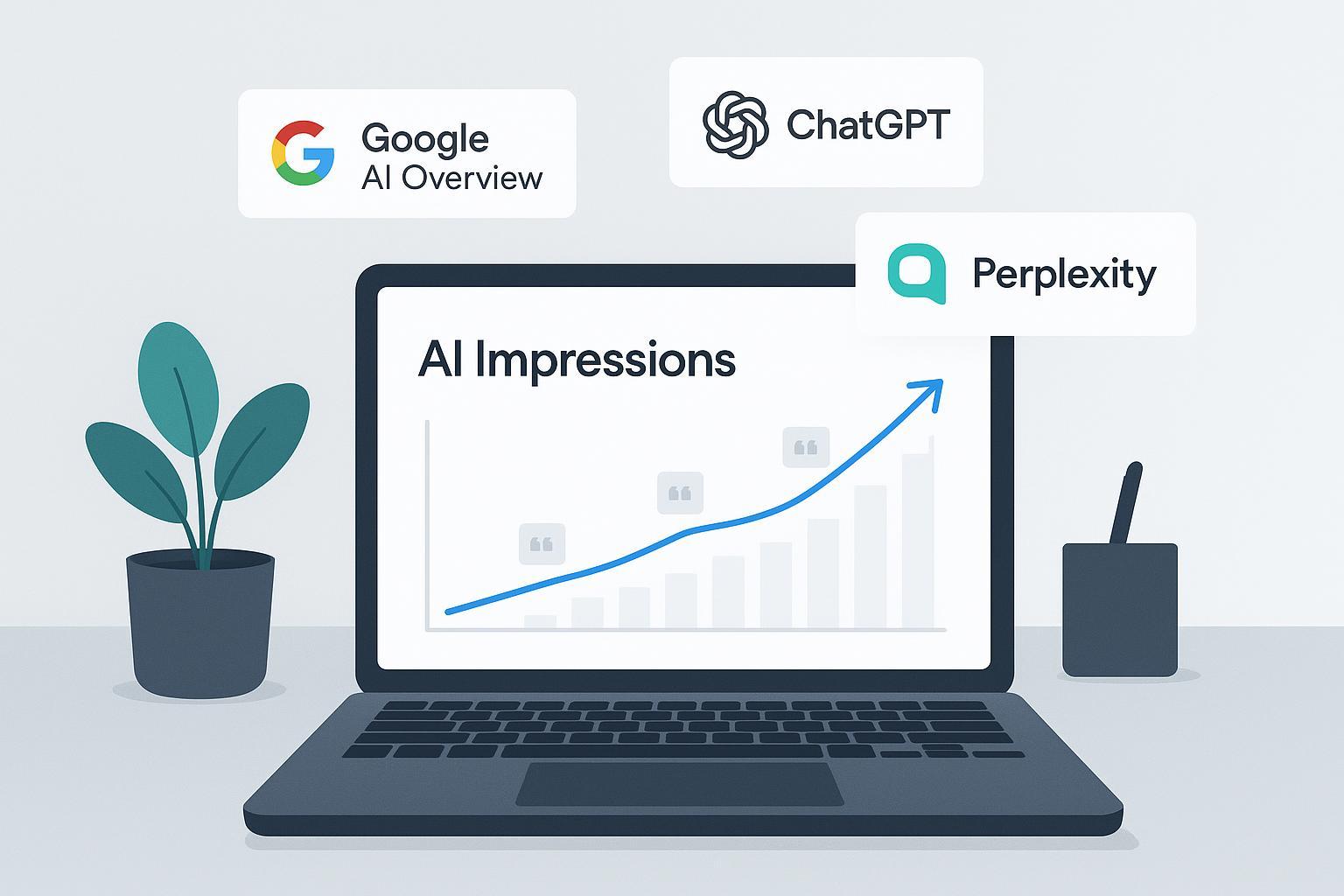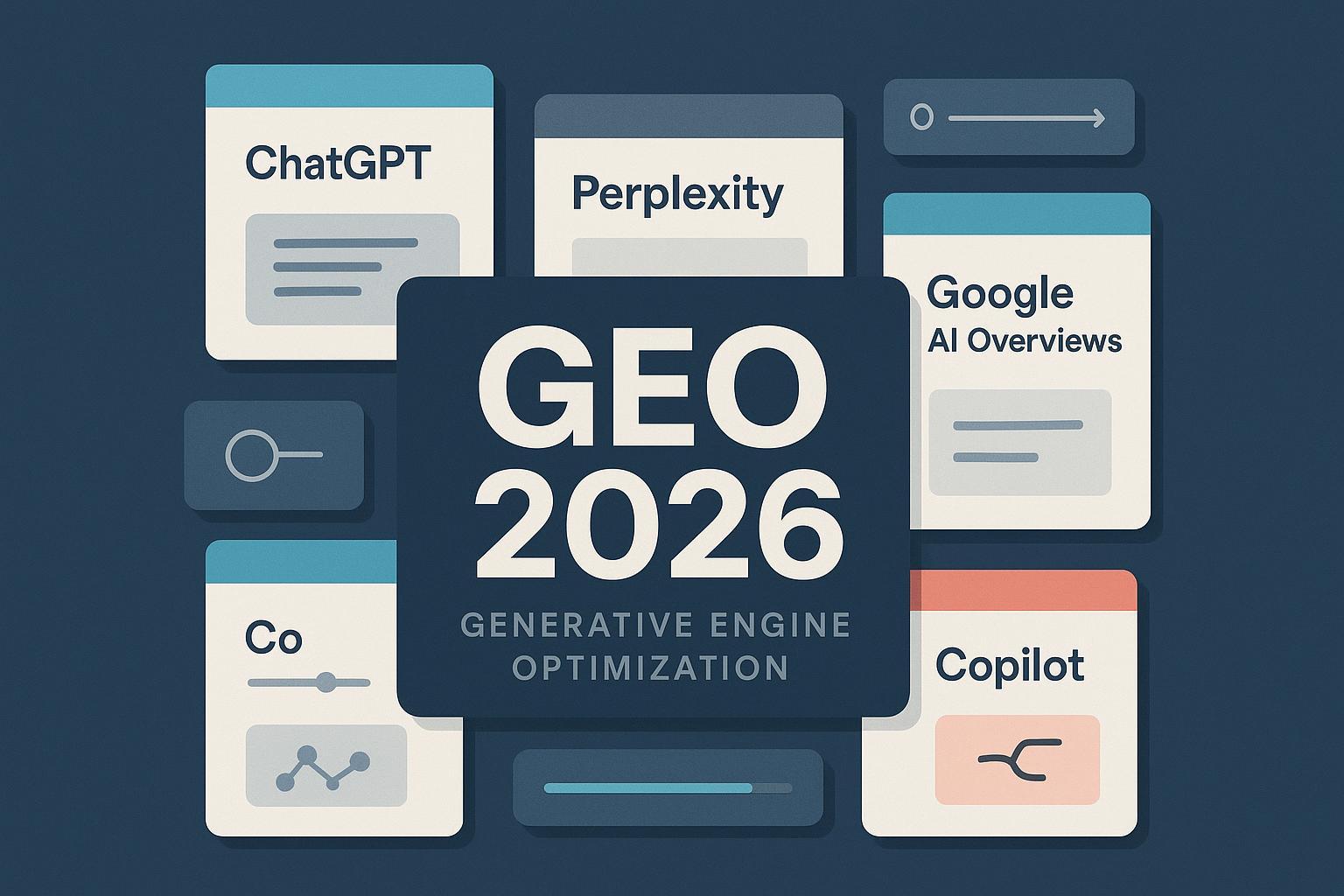What is Predictive Analytics? Definition, Key Components & Applications
Discover what Predictive Analytics is, its definition, core components, and real-world applications in digital marketing and SaaS. Learn how predictive analytics helps forecast trends, optimize campaigns, and boost brand visibility in AI search. Read the full guide for marketers and SaaS professionals.


One-Sentence Definition
Predictive analytics is the practice of using historical and current data, combined with statistical modeling and machine learning, to forecast future events or trends and guide better business decisions.[IBM]
Detailed Explanation
Predictive analytics sits at the intersection of data science, statistics, and artificial intelligence. It involves analyzing large volumes of structured and unstructured data to identify patterns, correlations, and anomalies that can be used to make informed predictions about what is likely to happen next. Unlike descriptive analytics, which explains what has already occurred, predictive analytics answers the question: “What is likely to happen in the future?”
The process typically follows a structured workflow, such as the CRISP-DM model:
Problem definition
Data collection and preparation
Exploratory data analysis
Model building (using algorithms like regression, classification, clustering, time series, or neural networks)
Model evaluation
Deployment and monitoring
This iterative approach ensures that predictions are both accurate and actionable, with ongoing refinement as new data becomes available.[Syracuse University]
Key Components of Predictive Analytics
Data: Both structured (e.g., sales records) and unstructured (e.g., social media posts) data are used. High data quality is essential for reliable predictions.
Algorithms & Models: Common models include regression (for predicting values), classification (for sorting into categories), clustering (for grouping similar data), time series (for forecasting trends), and neural networks (for complex pattern recognition).
Technology Platforms: Tools like Python, R, SAS, and cloud-based AI platforms (e.g., Google Cloud AI, IBM Watson) enable scalable analysis.
Business Objectives: The ultimate goal is to support decision-making, whether it’s optimizing marketing campaigns, managing risk, or improving customer experience.
Real-World Applications
Predictive analytics is transforming industries, especially digital marketing and SaaS:
Lead Scoring & Customer Segmentation: Marketers use predictive models to identify which leads are most likely to convert, enabling targeted outreach and higher ROI.
Churn Prediction: SaaS platforms can forecast which customers are at risk of leaving, allowing for proactive retention strategies.
Content & Campaign Optimization: By analyzing past campaign data, businesses can predict which content or ads will perform best, improving engagement and conversion rates.
Brand Visibility in AI Search: Platforms like Geneo leverage predictive analytics to forecast a brand’s visibility across AI-powered search engines (e.g., ChatGPT, Google AI Overview), helping brands optimize their content and stay ahead of competitors.
Personalization: E-commerce and media companies use predictive analytics to recommend products or content tailored to individual preferences, boosting satisfaction and sales.
Data Quality and Privacy Challenges
Accurate predictions depend on high-quality, integrated data. Common challenges include:
Data Quality: Incomplete, outdated, or inconsistent data can undermine model accuracy.
Data Integration: Combining data from multiple sources (internal and external) is often complex.
Privacy & Compliance: Predictive analytics often uses personal data, so compliance with regulations like GDPR is essential. Transparency and ethical use of data are critical for building trust.[NetSuite]
Related Concepts
Descriptive Analytics: Explains what happened in the past.
Prescriptive Analytics: Recommends actions to influence future outcomes.
Machine Learning: A subset of AI that enables systems to learn from data and improve predictions over time.
Time Series Analysis: Focuses on forecasting trends based on time-stamped data.
Customer Segmentation & Churn Prediction: Common predictive analytics use cases in marketing and SaaS.
For a visual overview, consider referencing the CRISP-DM process diagram and model comparison tables from Syracuse University.
Ready to optimize your brand’s visibility in the age of AI search? Try Geneo for real-time AI search monitoring, trend insights, and predictive analytics tailored for digital marketing and SaaS.




